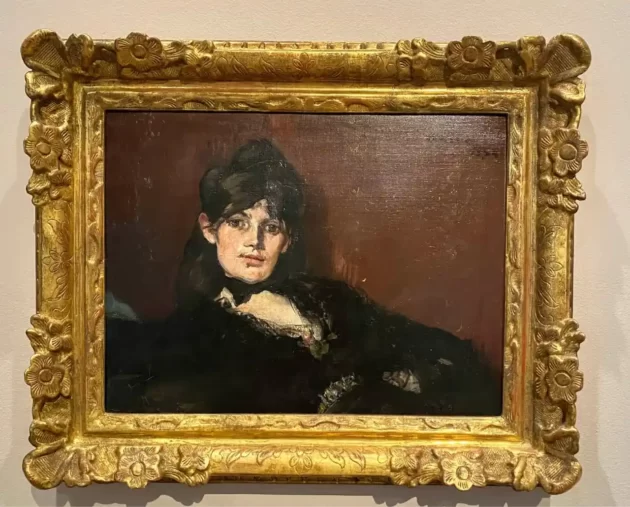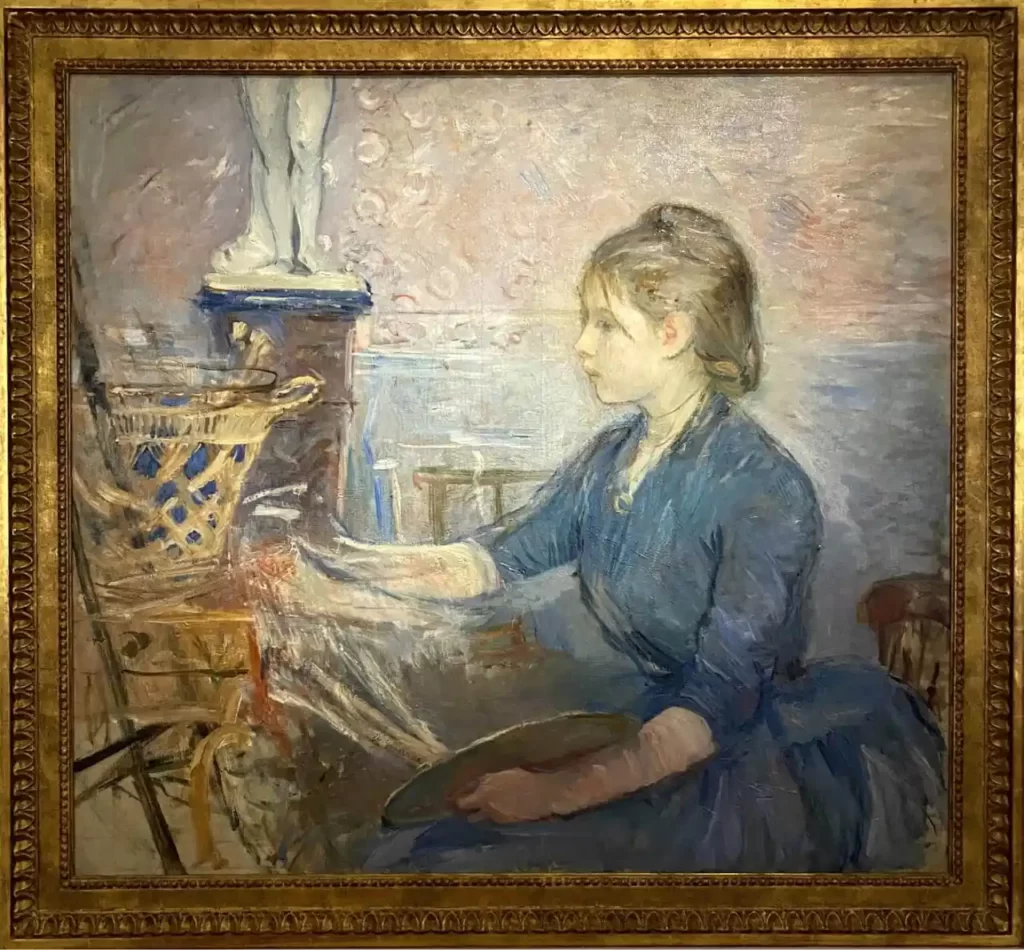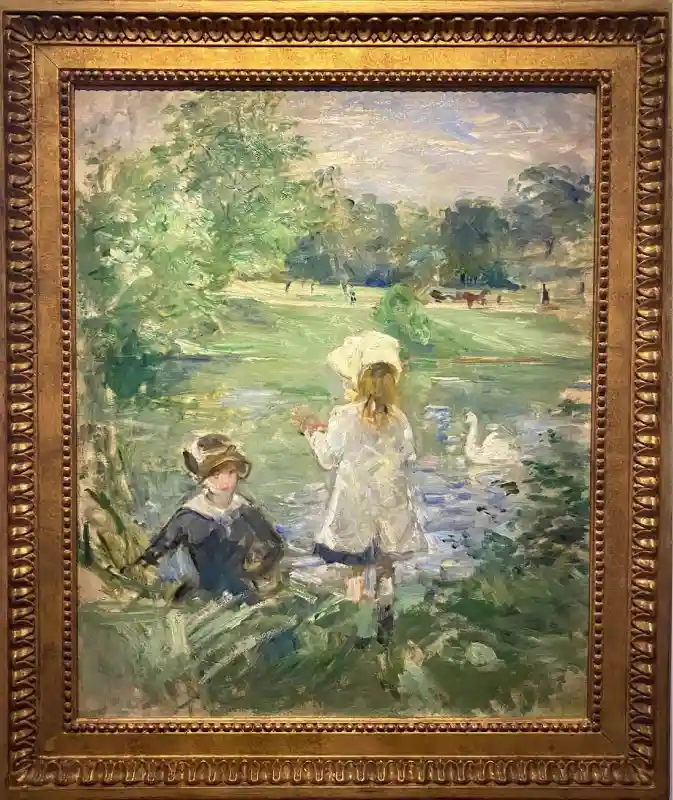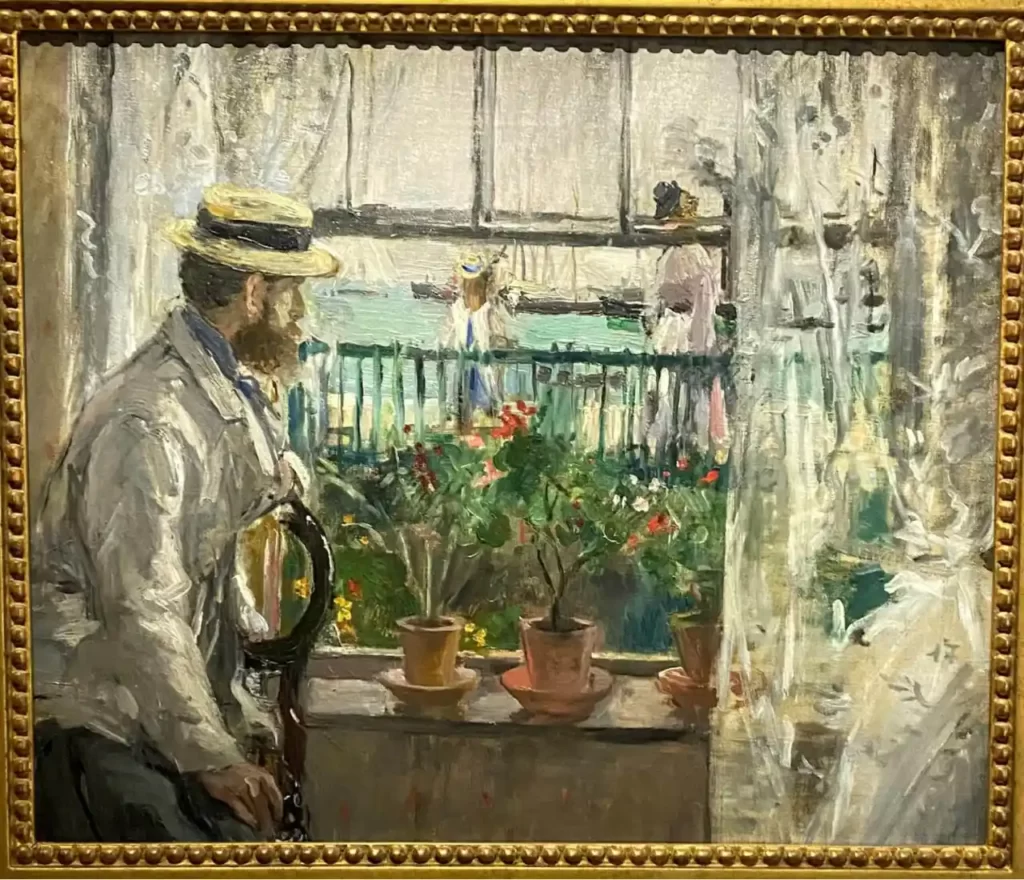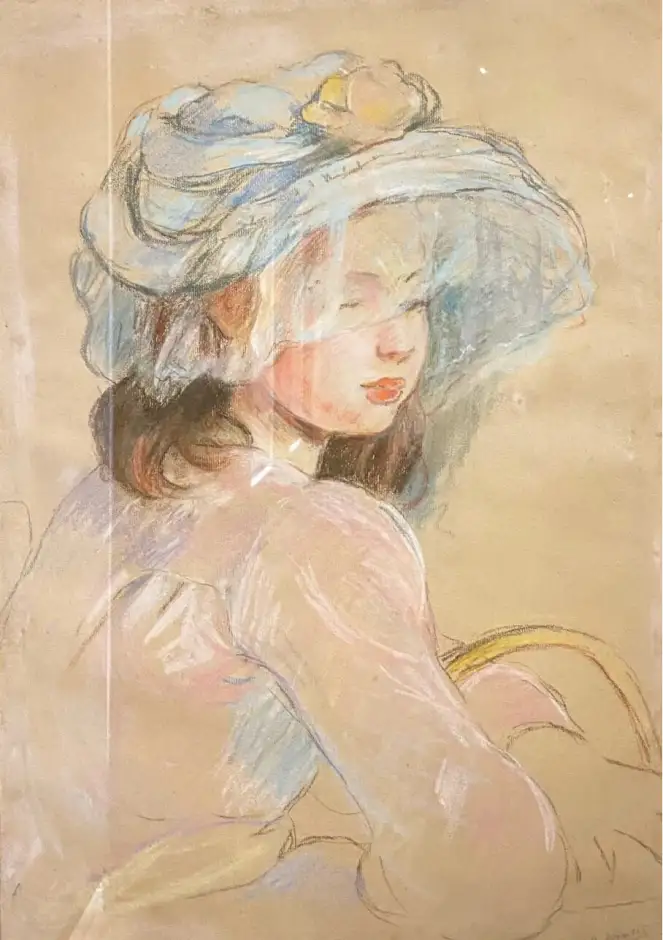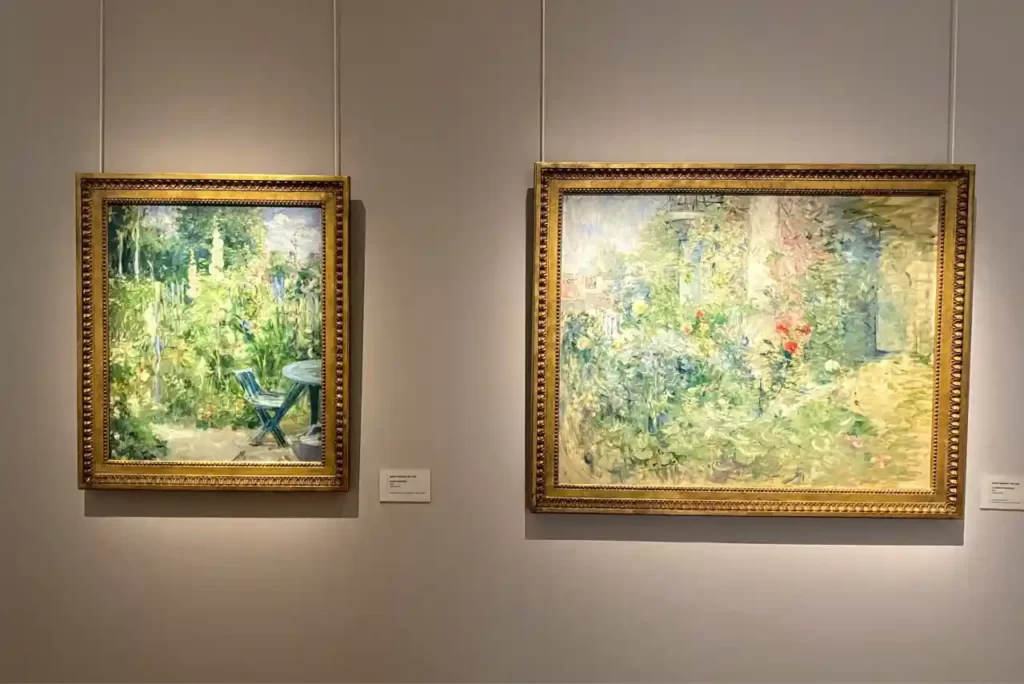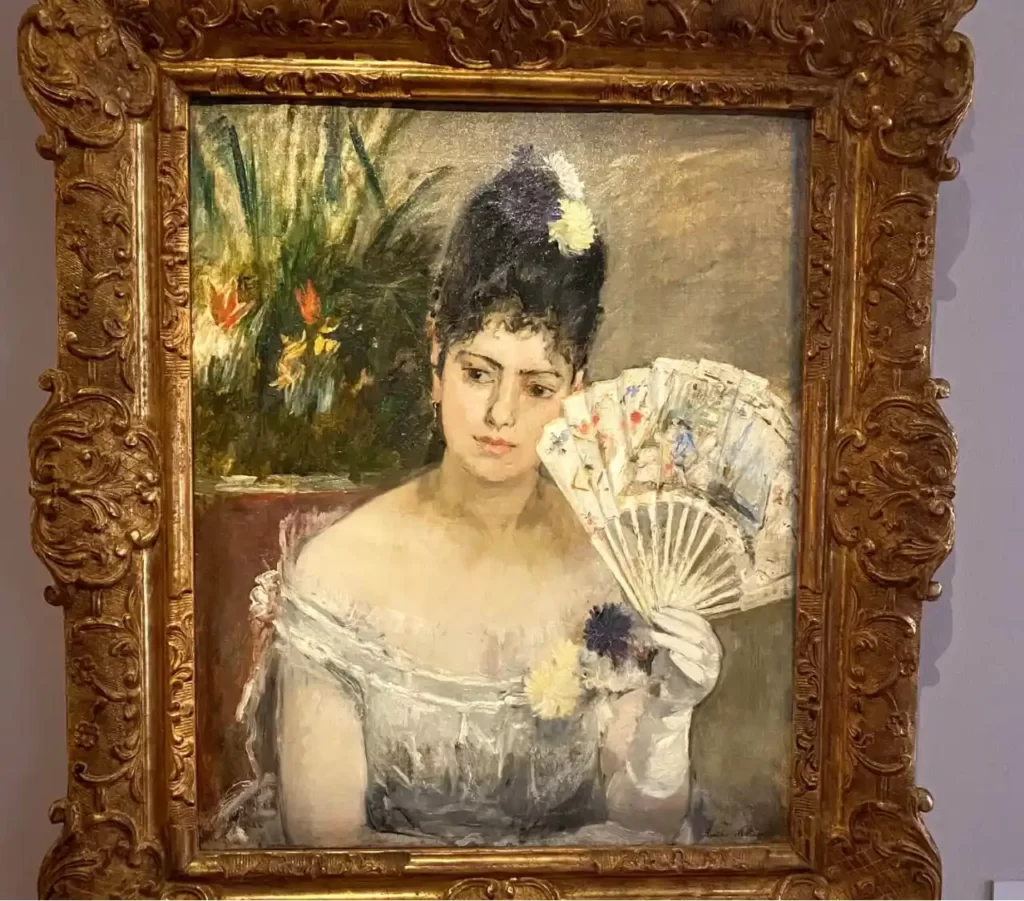Ever since I first visited Musée Marmottan-Monet in Paris, I have become obsessed with Berthe Morisot. She was one of a few female Impressionist painters, but among the best of them. With the intimate world she described on her paintings and fantastic painting style, she is a painter you should know about. That’s why this art history lesson is dedicated to that fascinating painter.
Who was Berthe Morisot
Berthe Morisot was born in 1841 to a wealthy French family. Her parents were well educated and members of the high French society. She received painting lessons as a child, together with her sisters. After moving to Paris with her family, Berthe Morisot would often go to the Louvre Museum and learn by copying art masterpieces. This is where she met other artists doing the same, like Claude Monet.
After some time, she started to paint outside which became fashionable, especially among the members of the Barbizon school and the Impressionist movement. She painted with watercolours and pastels because they were easier to carry than oil paint. These two techniques will remain the most common in her work throughout her career.
Interestingly, the first location where she exhibited her work as a 23-year-old artist was the high-level place: the Paris Salon. She was exhibiting there until the first Impressionist exhibition was organised in Paris in 1877.
Five or six lunatics, one of whom is a woman…
This is how a French critic started his text about the Impressionist exhibition in the 19th century. Life wasn’t easy for those first modern painters, especially if they were women.
⤷ Read more: Impressionists in Paris
Berthe Morisot was one of the rare female Impressionist painters. At their first group exhibition, she was the only woman exhibiting. Although critics praised her, she was often judged as a woman. Her paintings were described as feminine and charming, resembling women’s spirit. She was aware of that and angrily wrote about it in some of her letters.
Berthe Morisot was married to Eugene Manet, the brother of her good friend and famous painter, Édouard Manet.
Her intimate paintings often give a peek into the private domestic life of women and children. She would often use her family members as models. She especially loved to portray her daughter and sister.
⤷ Read more: 16 Inspiring female artists from history
During Berthe Morisot’s life in the mid and late 19th century, it was considered inappropriate for women to be artists. It was fine to paint as a hobby, but it couldn’t be their profession. Berthe Morisot couldn’t go to the Louvre Museum and paint there alone. It was even more inappropriate to go to some of Paris’ cafes or restaurants and work there. Something very common for her male colleagues was impossible for her. She could only do that if she was accompanied. That’s probably why many of her paintings’ motives are domestic scenes of the female world.
⤷ Read more: The most interesting art heists in European museums
Where to see Berthe Morisot’s artworks
Berthe Morisot left around four hundred paintings. She painted much more, but she was quite a perfectionist and destroyed numerous of her artworks she wasn’t completely satisfied with.
Musée Marmottan Monet in Paris has the most extensive collection of her artworks in the world. Two galleries at that museum are entirely dedicated to her work. You can see some of her famous paintings there, together with some interesting objects that belonged to her, like her palette. It’s a great place to learn more about this interesting artist and see some of her masterpieces in person.
⤷ Read more: What to see in Musée Marmottan – Monet in Paris
Another great location to visit and learn more about Berthe Morisot is Musée d’Orsay in Paris. It’s home to ten of her paintings displayed next to the work of her peer painters like Claude Monet, Renoir or her very good friend, Éduard Manet.
⤷ Read more: Impressionists at Musée d’Orsay
Berthe Morisot is one of the best Impressionist painters, so if visiting some museums with their collections, look for some of her work, as well.
Have you seen any of her paintings? Which ones were your favourite? Let me know in the comments.

